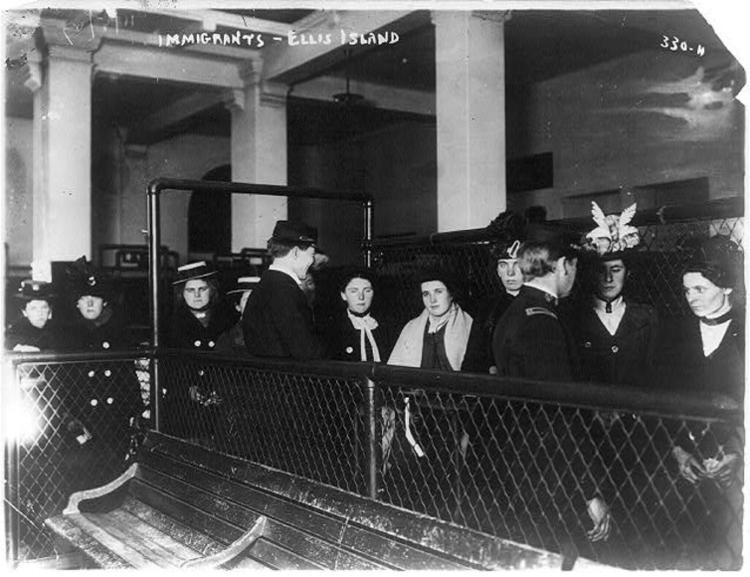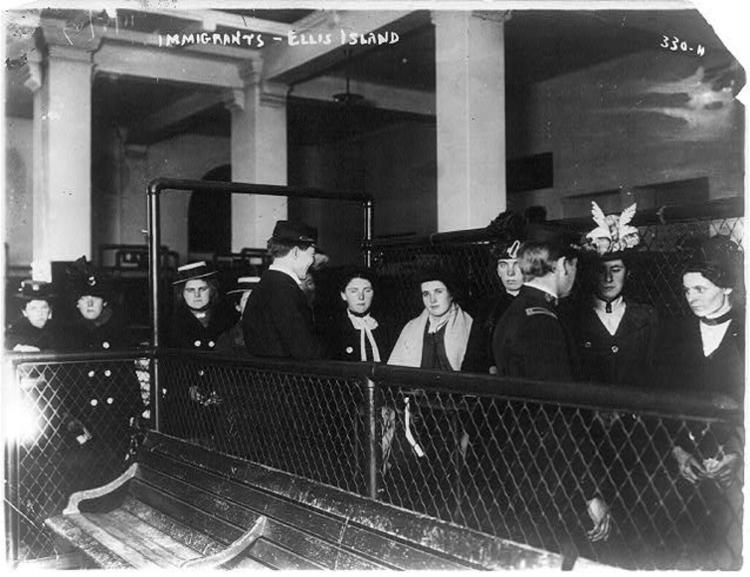By Ingrid Anderson | (The Conversation) | – –
This February, more than 100 gravestones were vandalized at the Chesed Shel Emeth Society Cemetery outside of St. Louis, Missouri and at the Jewish Mount Carmel Cemetery in Philadelphia. ![]()
The Anti-Defamation League (ADL) has called anti-Semitism in the U.S. a “very serious concern.” An ADL task force confirmed that 800 journalists in the U.S. have been targeted with more than 19,000 anti-Semitic tweets. The organization also reported an upsurge in anti-Semitism on U.S. college campuses.
Most disconcerting, however, is the ADL’s admission that, although this increase in anti-Semitism is troubling, “it is essential to recognize that, for both positive and negative reasons – we are not alone.” In the 10 days following the presidential election in 2016, nearly 900 hate-motivated incidents were reported, and many on college campuses. Many of these incidents targeted Muslims, people of color and immigrants as well as Jews.
White supremacist groups like Identity Evropa, American Vanguard and American Renaissance have also been more active on college campuses.
I am a Jewish studies scholar. Research shows that this outpouring of anti-immigrant and anti-Semitic sentiment is reminiscent in many ways of the political climate during the years between the first and second world wars in the U.S. – known as the interwar period.
America as the ‘melting pot’
In its early years the United States maintained an “open door policy” that drew millions of immigrants from all religions to enter the country, including Jews. Between 1820 and 1880, over nine million immigrants entered America. By the early 1880s, American nativists – people who believed that the “genetic stock” of Northern Europe was superior to that of Southern and Eastern Europe – began pushing for the exclusion of “foreigners,” whom they “viewed with deep suspicion.”
In fact, according to scholar Barbara Bailin, most of the immigrants, who were from Southern, Central and Eastern Europe, “were considered so different in composition, religion, and culture from earlier immigrants as to trigger a xenophobic reaction that served to generate more restrictive immigration laws.”
In August 1882, Congress responded to increasing concerns about America’s “open door” policy and passed the Immigration Act of 1882, which included a provision denying entry to “any convict, lunatic, idiot or any person unable to take care of himself without becoming a public charge.”
However, enforcement was not strict, in part because immigration officers working at the points of entry were expected to implement these restrictions as they saw fit. In fact, it was during the late 19th century that the American “melting pot” was born: nearly 22 million immigrants from all over the world entered the U.S. between 1881 and 1914. They included approximately 1,500,000 million European Jews hoping to escape the longstanding legally enforced anti-Semitism of many parts of the European continent, which limited where Jews could live, what kinds of universities they could attend and what kinds of professions they could hold.
Fear of Jews/immigrants
Nativists continued to rail against the demographic shifts created by the United States’ lax immigration policy, and in particular took issue with the high numbers of Jews and Southern Italians entering the country, groups many nativists believed were racially inferior to Northern and Western Europeans. Nativists also voiced concerns about the effects of cheaper labor on the struggle for higher wages.
These fears were eventually reflected in the makeup of Congress, since the electorate voted increasing numbers of nativist congresspeople into office who vowed to change immigration laws with their constituent’s anti-immigrant sentiments in mind.

Library of Congress Prints and Photographs Division Washington, D.C. 20540 USA
Nativist and isolationist sentiment in America only increased, as Europe fell headlong into World War I, “the war to end all wars.” On Feb. 4, 1917 Congress passed the Immigration Act of 1917, which reversed America’s open door policy and denied entry to the majority of immigrants seeking entry. As a result, between 1918 and 1921, only 20,019 Jews were admitted into the U.S.
The 1924 Immigration Act tightened the borders further. It transferred the decision to admit or deny immigrants from the immigration officers at the port of entry to the Foreign Services Office, which issued visas after the completion of a lengthy application with supporting documentation.
The quotas established by the act also set strict limits on the number of new immigrants allowed after 1924. The number of Central and Eastern Europeans allowed to enter the U.S. was dramatically reduced: The 1924 quotas provided visas to a mere 2 percent of each nationality already in the U.S by 1890, and excluded immigrants from Asia completely (except for immigrants from Japan and the Phillipines). The stated fundamental purpose of this immigration act was to preserve the ideal of U.S. “homogeneity.” Congress did not revise the act until 1952.
Why does this history matter?
The political climate of the interwar period has many similarities with the anti-immigrant and anti-Semitic environment today.
President Trump’s platform is comprised in large part of strongly anti-immigrant rhetoric. A Pew Charitable Trust survey shows that as many as 66 percent of registered voters who supported Trump consider immigration a “very big problem,” while only 17 percent of Hillary Clinton’s supporters said the same. Seventy-nine percent of Trump supporters embrace the proposal to build a wall “along the entire U.S. border with Mexico.” Moreover, 59 percent of Trump supporters actively associate “unauthorized immigrants with serious criminal behavior.”

Gage Skidmore, CC BY-SA
I argue that much like the claims of interwar period nativists that Southern and Eastern European people were racially inferior, the assertions of President Trump and his supporters about immigrants and the dangers they pose are nothing more than demagoguery. The allegations about the high crime rate among immigrants are not borne out by statistical evidence: Immigrants are far less likely to commit crimes than people born in the U.S.
President Trump’s claims about the dangers posed by immigrants may not be supported by facts; but they do indicate the U.S.’ increased isolationism, nativism and right-wing nationalism. His most recent travel ban blocks immigrants from six predominantly Muslim nations, and includes a 120-day freeze on Syrian refugees specifically. And yet like the Jews of Europe from the interwar period, many of these refugees seek entry into the U.S. because their very lives are at stake.
For many scholars like myself, Trump’s “America First” approach is a reminder of the interwar period; all over again, we see anti-immigrant sentiment and anti-Semitism, going hand in hand. In the current climate, Muslims are also easy targets for a new generation of nativists, whose fears are used to justify turning away refugees and immigrants.
Ingrid Anderson, Lecturer, Arts & Sciences Writing Program, Boston University
This article was originally published on The Conversation. Read the original article.



 © 2025 All Rights Reserved
© 2025 All Rights Reserved